Not Cool: Climate Change Turning 99% of These Sea Turtles Female
Published by Ocean Conservancy
Usually, we love when sea turtles are in the news. But one particular headline that’s been grabbing the attention of millions this month has captivated us as well. On January 8th, news of a study-gone-viral started to turn heads. The title of this study, published in Volume 28 of Current Biology: Environmental Warming and Feminization of One of the Largest Sea Turtle Populations in the World. What this means:
Climate change is turning 99% of one of the world’s largest sea turtle populations female, and we need to talk about it.
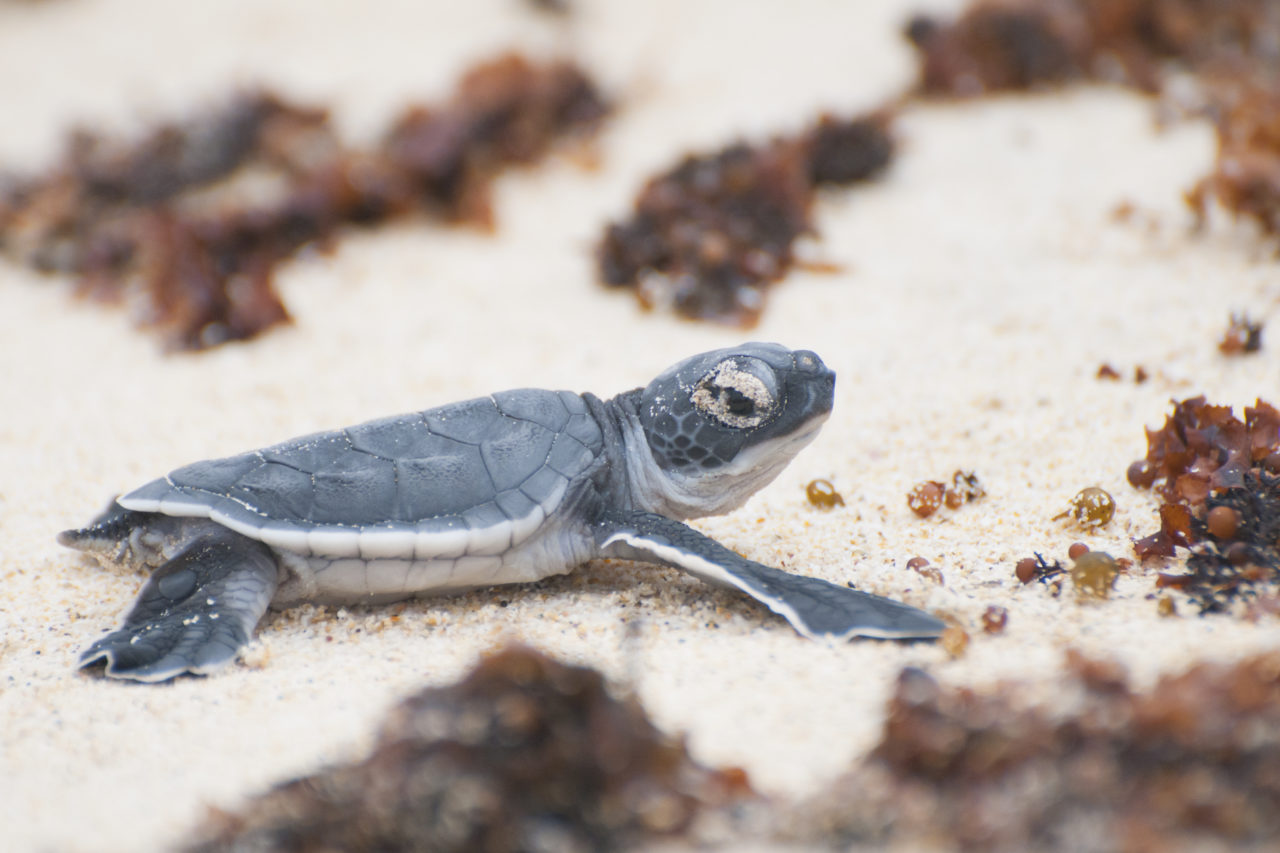

Let’s dig a little deeper into the study’s research. The scientists who directed the project studied immature green sea turtles of distinct regions within Australia’s iconic Great Barrier Reef.
During their study, the researchers found something beyond alarming and, to be honest, alarmingly discomforting.
After participating in high volumes of population studies, including blood sampling from several hundred baby sea turtles to determine sex, scientists found a significant variance in female-to-male population ratios between two different areas of the Reef.
If you’re not familiar with the Great Barrier Reef, let me put it this way: it’s enormous.
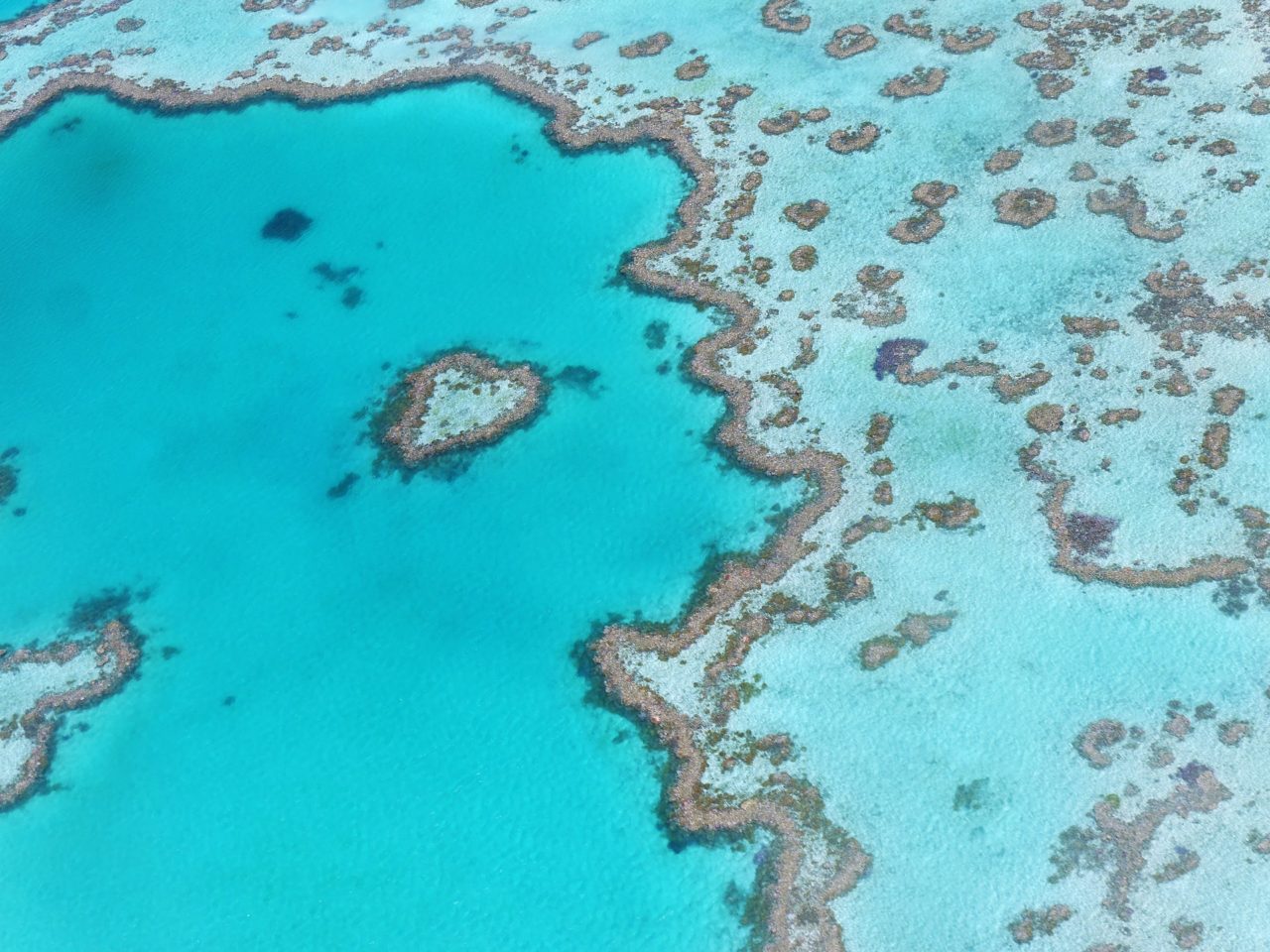

In the cool waters of the southern part of the Reef, no more than between 65% and 69% of green sea turtles studied were found to be female, making for an acceptably healthy ratio (at least, much healthier than what they found in the north).
It’s clear that the waters of the north are warmer, and the difference in sex ratios found in this sampling is enormous. While 99% of immature turtles were female, 87% of adult turtles in the area were skewed toward such a differential…suggesting a significant change of over 10% in increased gender bias towards females over the last handful of decades.
Don’t worry, I’m thinking the same thing.
Okay, so globally, we know that average highs in temperatures around the world are slowly but surely increasing. We also know one very significant and unique fact about sea turtle biology and maturation.
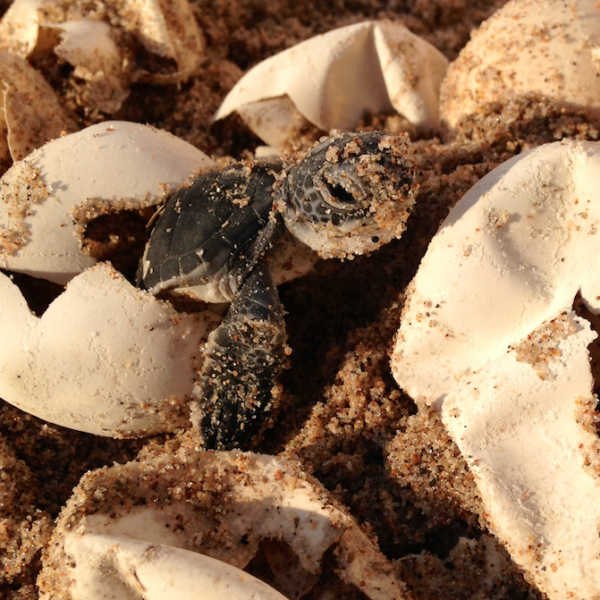

Unlike other species, such as humans, sea turtles don’t have sex chromosomes. Rather than having a predetermined sex upon nesting, their sex is actually determined by the temperature of the sand surrounding their nest.
Typically, warmer sand means more females, and cooler sand means more males. But, what happens when the temperature reaches a certain heat threshold (84.7 degrees fahrenheit, to be exact) during the sea turtle’s incubation? Only females are born. A recent article in Reuters phrased the connection in an incredibly simplistic way:
Given that sea turtles are known to romantically return to the beaches at which they were born to lay their own eggs, it’s clear how the cycle could continue at such a rapid rate. I know the thought is probably forming in your mind, though: sea turtles could adapt to nest in cooler sands, or even earlier or later in the season in order to find cooler nesting areas…right?
Maybe. But adaptation can take generations, and assuming that it’s safe to say these turtles have the time to successfully adapt with ever-increasing temperature surrounding them over the years can be a dangerous game. What does all this mean?
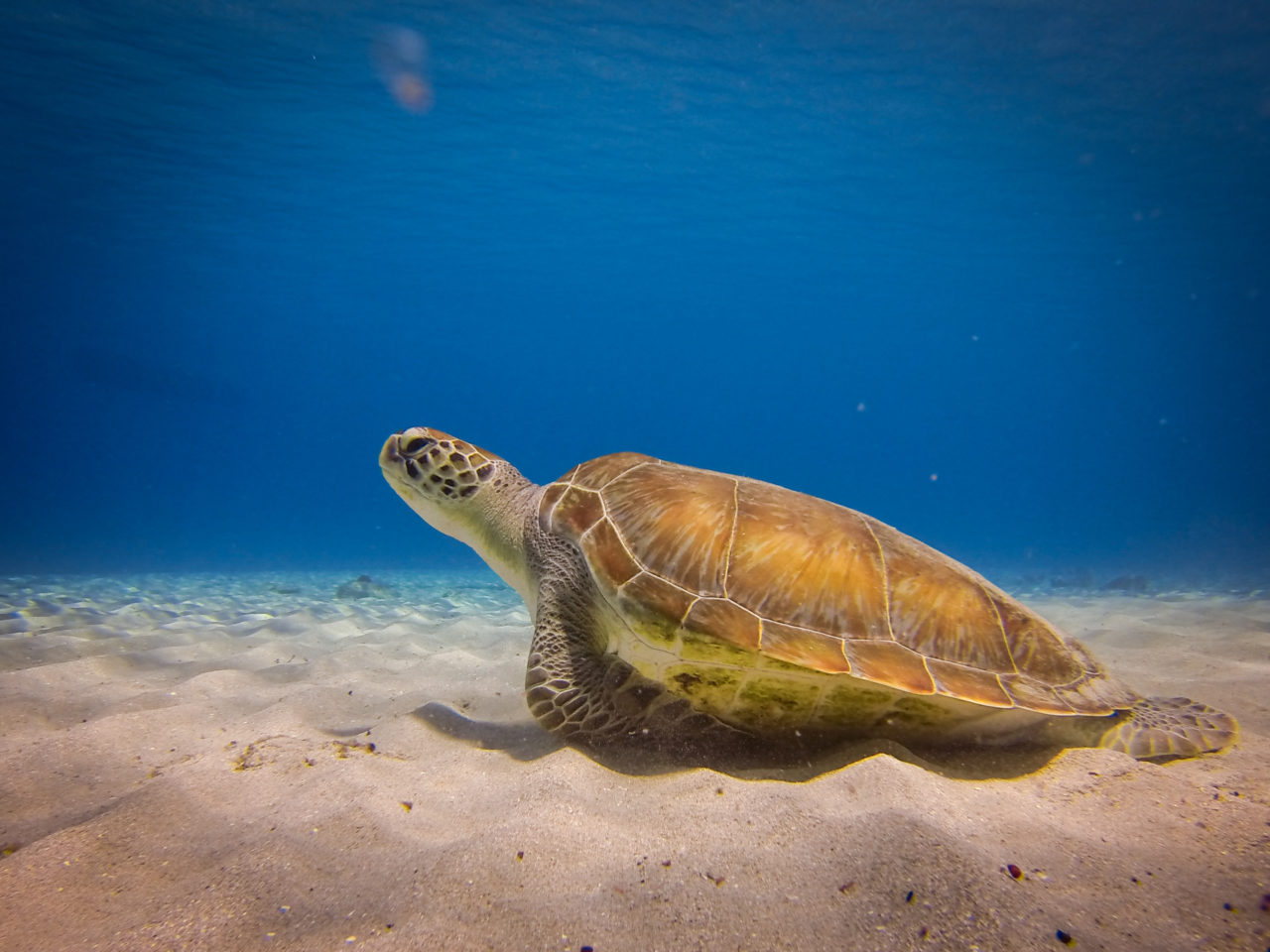

Other than what’s already been said, scientists aren’t entirely sure. We know climate change is happening, we know it affects the temperature of sand, and we know the temperature of sand affects the gender ratios of sea turtle populations…not just in the Great Barrier Reef, but potentially for sea turtles all over the globe.
As reported in the study and numerous news publications having followed its release, these turtles aren’t in immediate danger of harm to their populations. Even with such drastic different sex ratios over time, researchers are confident that there are enough male sea turtles to support a sustainable population…for now. Here’s the big question we’re left with.
Theoretically, over time, more females and less males means less babies being produced. If we’re at 99% females now, where will we be 10, 20, 30 years from now? We’re not sure of that either, and it seems clear that this study has pushed sea turtle experts and researchers everywhere to continue to search for not only the answer to this question, but also the ‘how’ in terms of what we can do to ease the situation.
If anything, the research and countless discussions it continues to prompt demand a sort of self-examination and reflection on our part as human beings, as inhabitants of the world we see, as co-existors with creatures as incredible as sea turtles. If we truly care about these animals, we’ve got to do everything we can to ensure their populations are sustainable for years to come, and that we’re having as little negative impact on their existence as possible.
I don’t know about you, but I can’t imagine a world where I have to explain to my great grandchildren what animals like sea turtles ‘were’ in 2085… just because we didn’t do everything we could to keep them around.
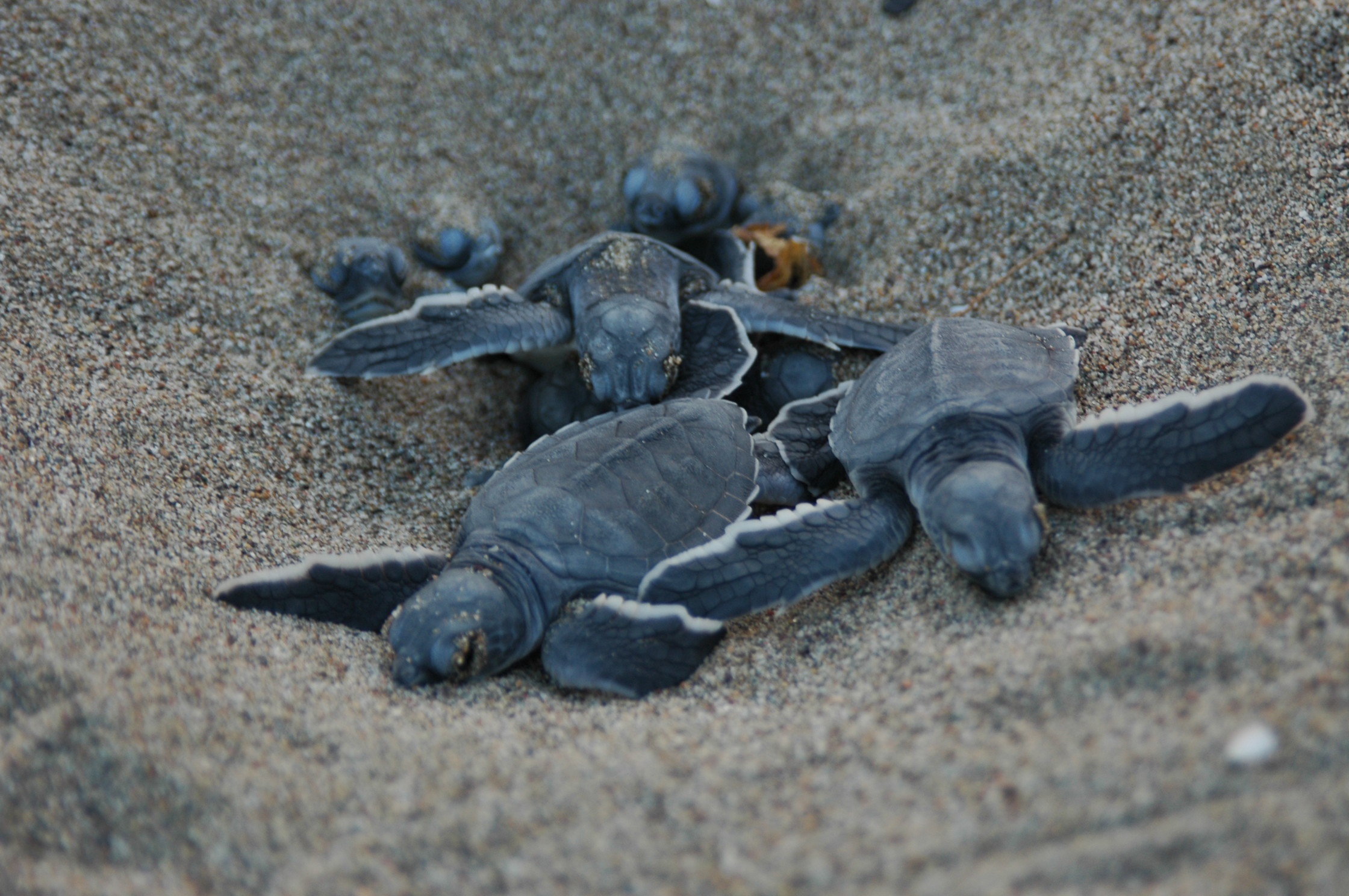

The post Not Cool: Climate Change Turning 99% of These Sea Turtles Female appeared first on Ocean Conservancy.
Read the full article at: https://oceanconservancy.org/blog/2018/01/25/not-cool-climate-change-turning-99-sea-turtles-female/



